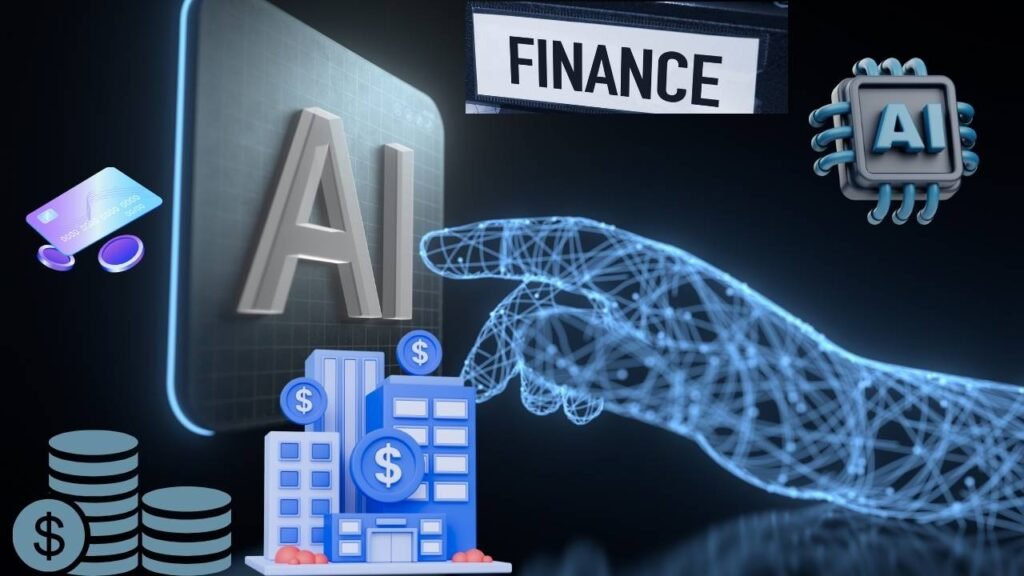# | Question | Answer |
1 | What is the market size of AI in FinTech in the USA? | As of 2022, it was about USD 3.29 billion, and forecasts expect it to jump to ~ USD 9.36 billion by 2030, growing at ~14% CAGR. |
2 | How is generative AI being used in U.S. banks / fintechs? | Generative AI is used for drafting communications, summarizing financial reports, automating content generation, enhancing customer support, and potentially generating personalized recommendations. The market for generative AI in fintech USA is growing fast (CAGR ~27.6% from 2024-2030). |
3 | Which use case of AI delivers the most ROI in U.S. banking? | Commonly: fraud detection, process automation, loan processing/underwriting, customer service automation (chatbots). These tend to deliver high value in cost savings and risk reduction. |
4 | How much time can AI save in loan approvals? | In many cases in the U.S., banks using AI for loan processing report a reduction in approval time by up to ~ 60%. |
5 | What are the risks of using AI in banking? | Data privacy breaches, unintended biases (e.g., discriminating in credit scoring), regulatory non-compliance, lack of transparency (“black box” models), operational risks, adversarial attacks. |
6 | What regulatory bodies oversee AI in FinTech in the U.S.? | Several: Consumer Financial Protection Bureau (CFPB), Federal Deposit Insurance Corporation (FDIC), Office of the Comptroller of the Currency (OCC), Federal Trade Commission (FTC), and state banking regulators. Also, laws like GLBA, ECO, A, etc. |
7 | How do AI models ensure fairness / reduce bias? | Through techniques such s input data auditing, bias detection tools, fairness metrics, using explainable models, ensuring diverse training data, having human oversight, and regular audits. |
8 | What role does customer data play in AI-powered banking? | Crucial role. AI depends on data for training, personalization, and risk assessment. But handling customer data requires strong governance, consent, security, anonymization, and compliance with privacy laws. |
9 | How are chatbots / virtual assistants used in U.S. banking? | They handle routine customer queries (account balances, transaction history, simple service requests), help with onboarding, guide customers, and provide financial tips. They reduce human agent load and improve availability (24/7). |
10 | What is robo-advisory, and how common is it? | Robo-advisors are AI-driven investment platforms that provide automated portfolio management and financial advice with minimal human supervision. They are gaining widespread adoption, especially among younger or digital-first users. |
11 | How do banks detect fraud using AI? | They use ML models that monitor transaction patterns, detect anomalies, analyze device/location behavior, use real-time scoring, flag suspicious transactions, and sometimes combine with human review. |
12 | What is synthetic data, and why is it important? | Synthetic data is artificially generated data that mimics real data structure without exposing personal information. It’s useful for training AI models, testing systems while preserving privacy, and reducing risk in handling sensitive data. |
13 | How can banks ensure compliance with regulations when using AI? | By integrating compliance and legal teams early, maintaining audit trails, using explainable models, staying updated with regulatory guidance, documenting decisions, and conducting impact assessments. |
14 | What is the future of AI in banking over the next 5-10 years in the USA? | Expect more generative AI, more real-time automated risk monitoring, embedded finance, tighter regulation/ethical frameworks, increased use of AI in underwriting and wealth management, more AI-blockchain/DeFi crossover, and growth in trust & transparency demands. |
15 | What are the main challenges preventing wider AI adoption in U.S. banking? | Barriers include the cost of implementation, access to quality data, scarcity of AI talent, regulatory uncertainty, concerns over bias and trust, difficulty explaining complex models, and operational risks. |




